A poster highlighting the main parts to a speech.
Information includes:
There are 3 main parts to a speech:
1. Introduction:
• State the topic of your speech.
• Engage the audience and state why they should listen to your speech.
• Outline the main points of your speech.
2. The body:
• Discuss your main points and any sub-topics.
• Provide supporting evidence and any further information.
3. The conclusion:
Sum up your ideas and leave the audience with the main message .


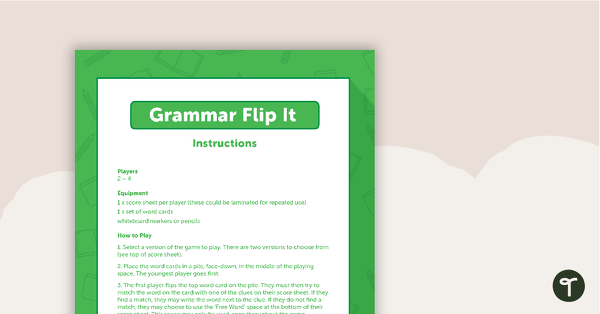
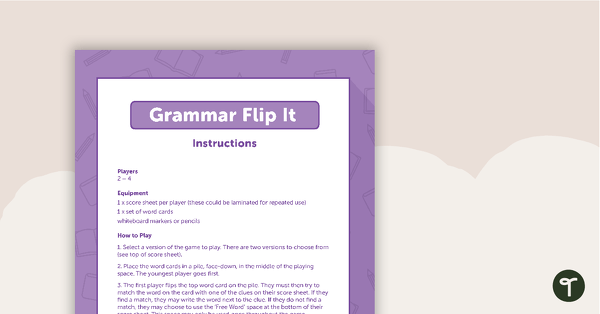


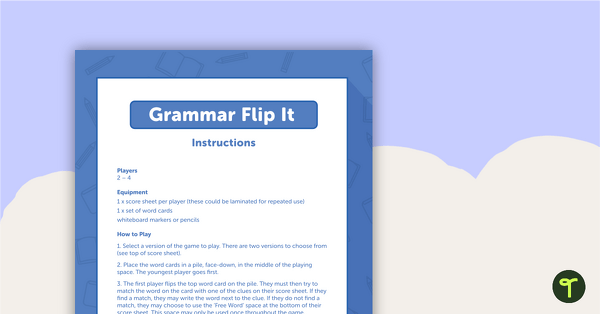


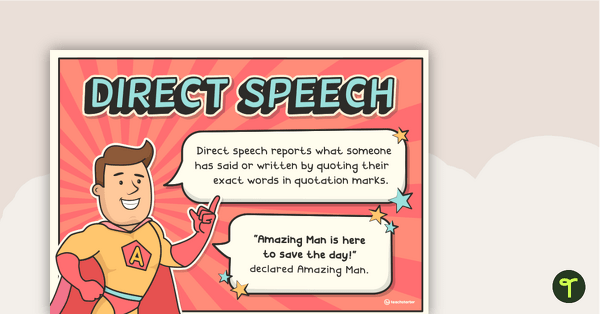
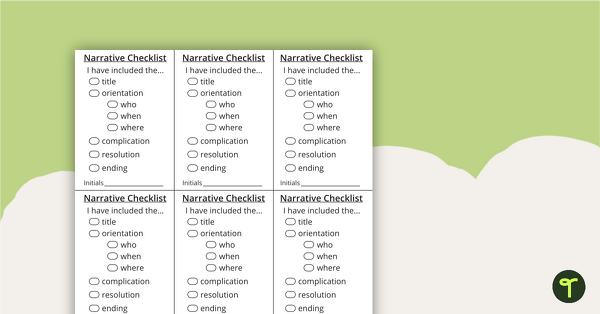
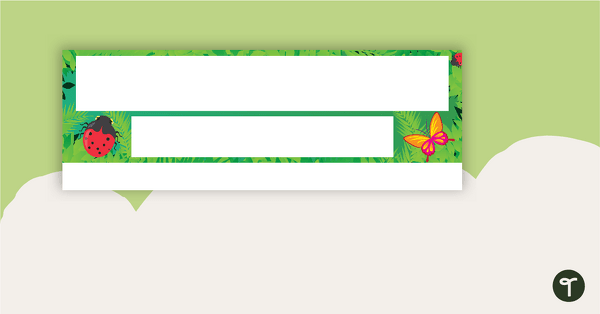
Fantastic Team!!!
Thank you for the lovely feedback Kelly!